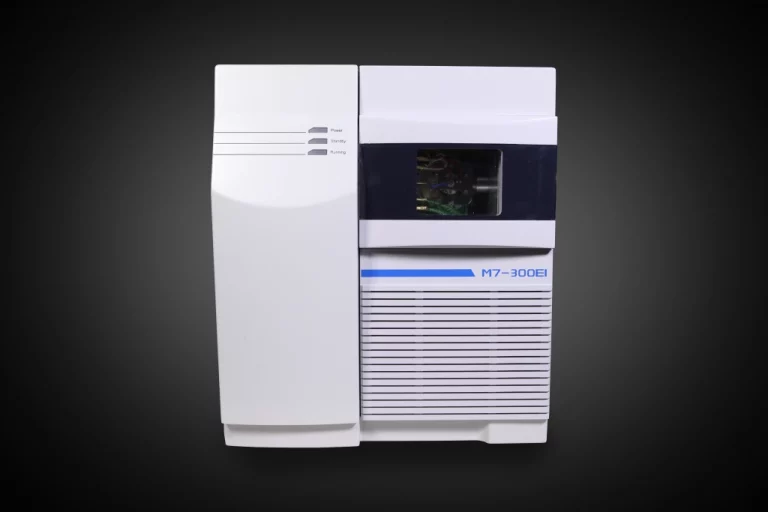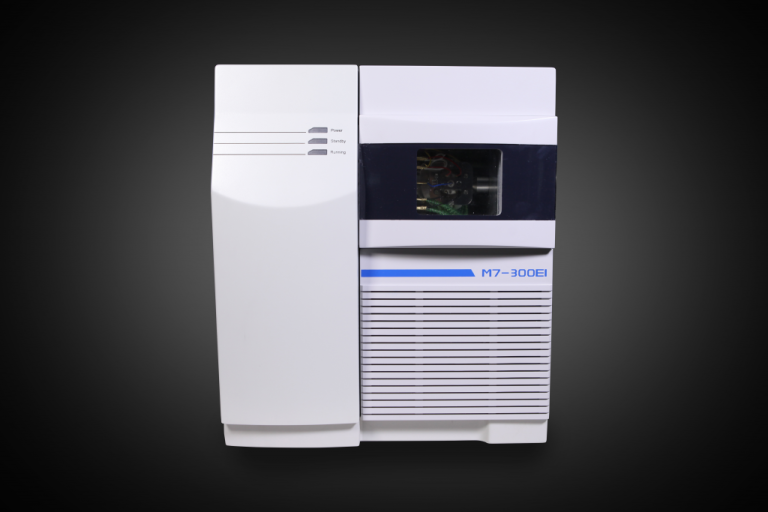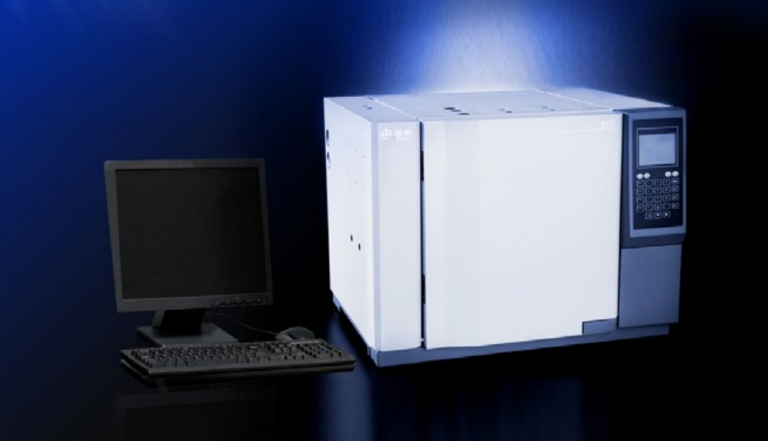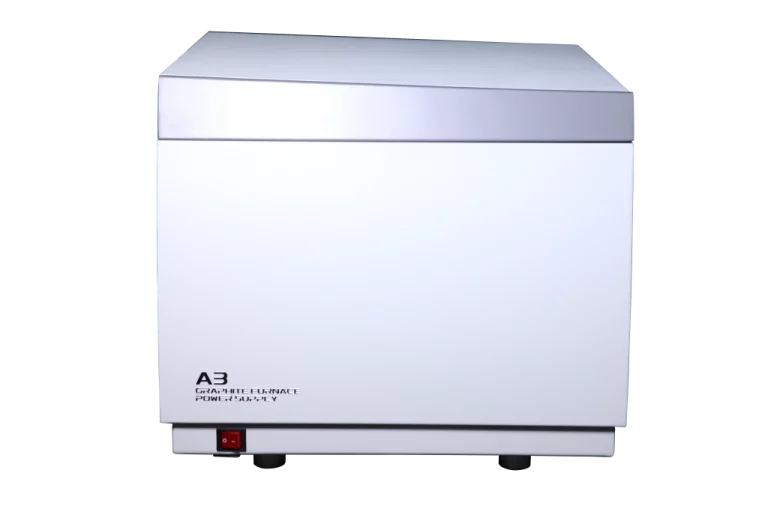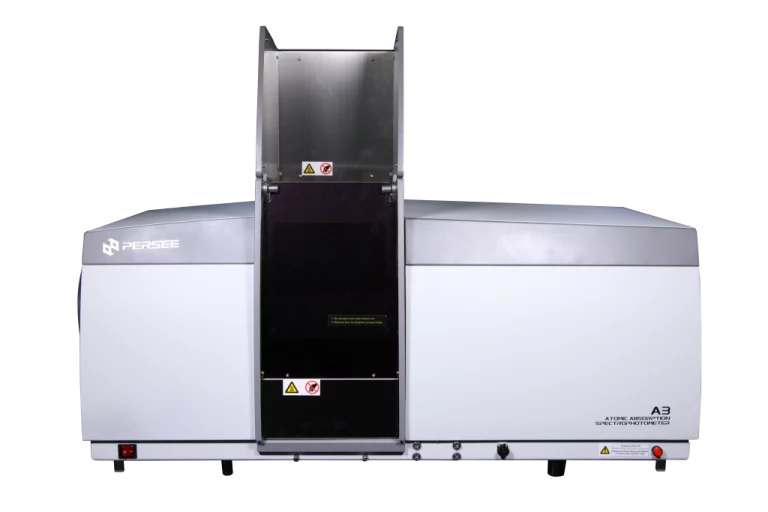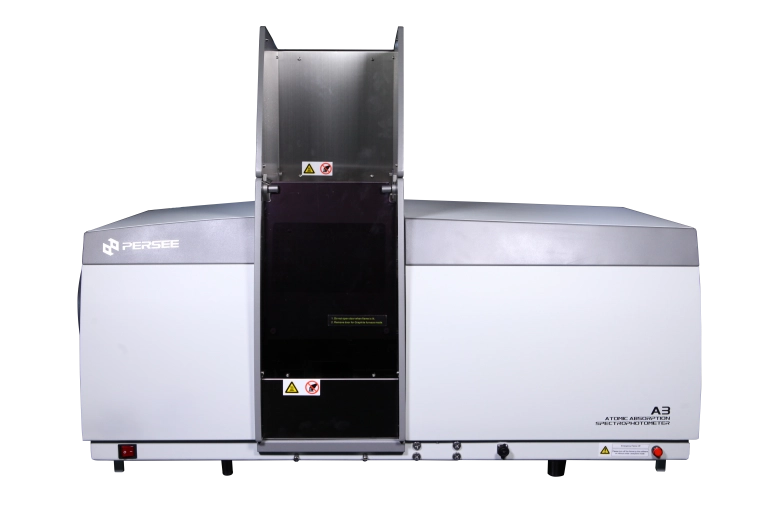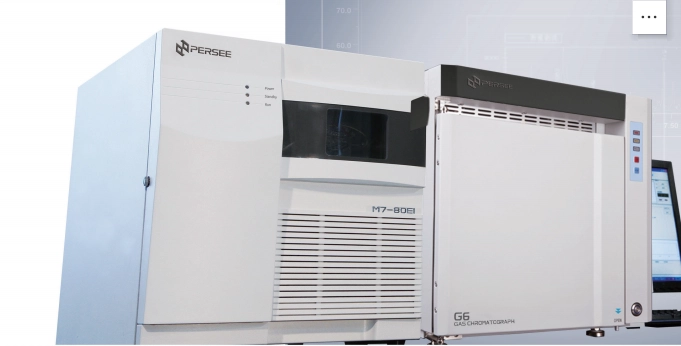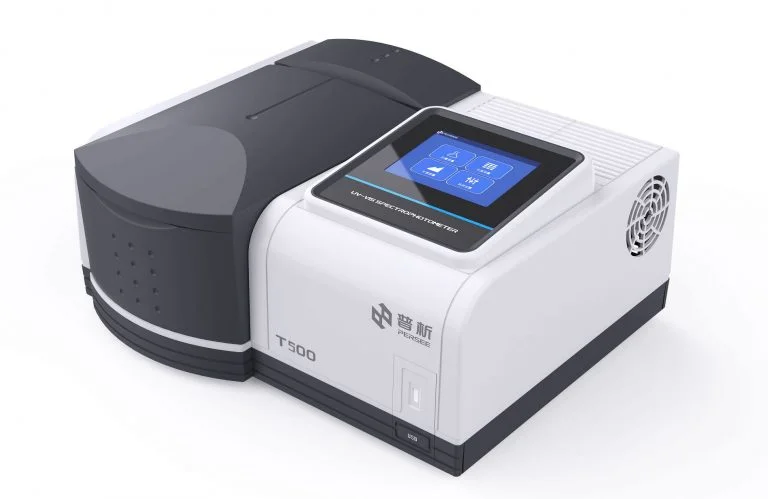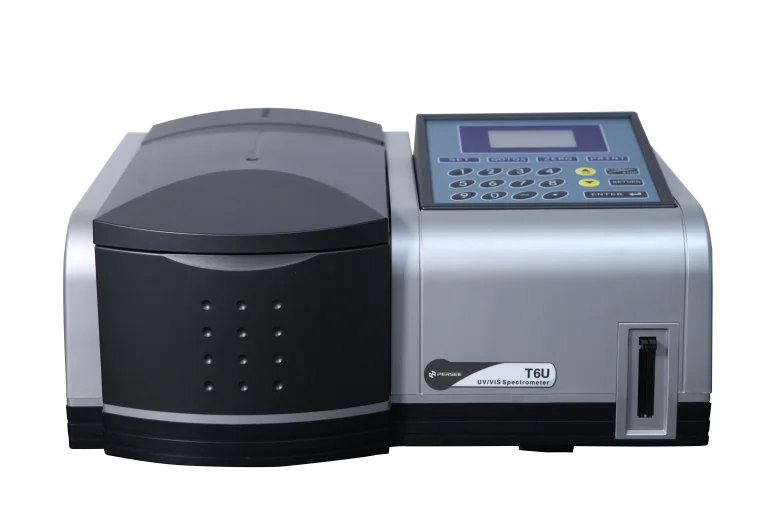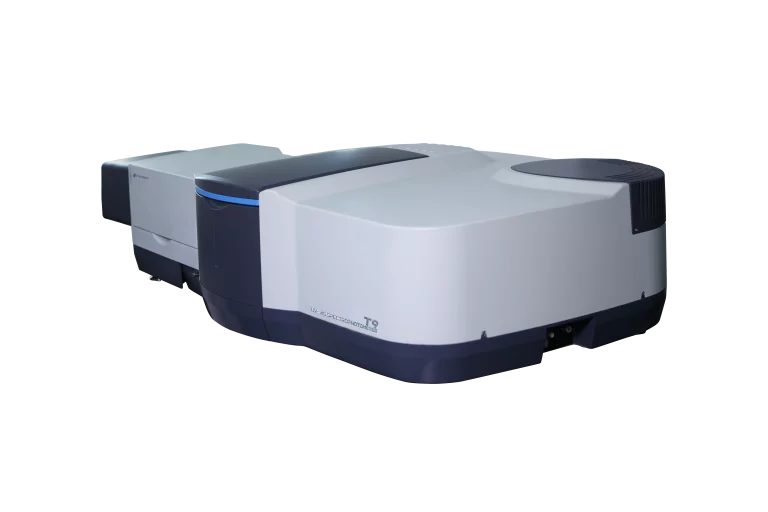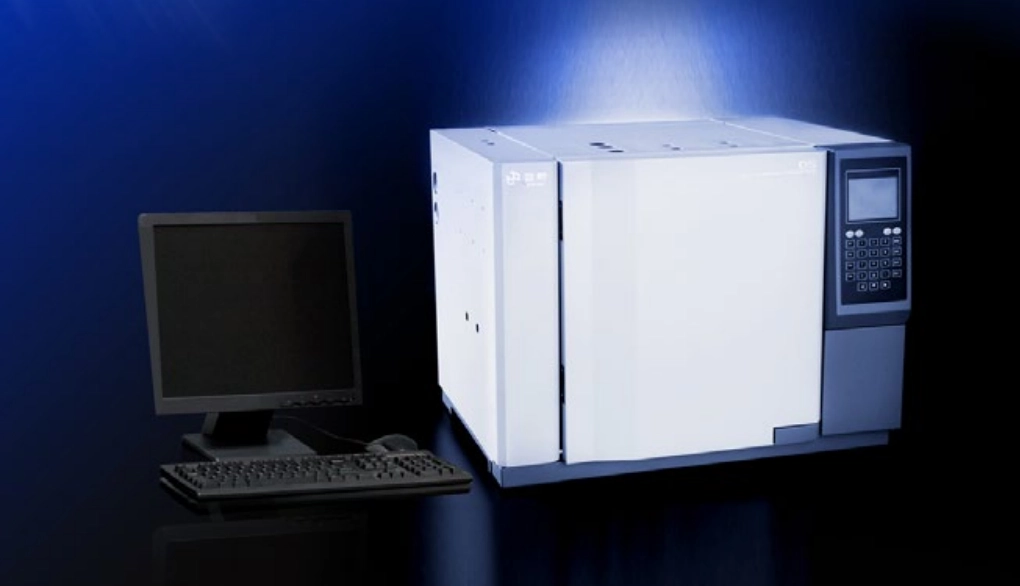
When testing for THC in oils and extracts, choosing an analytical technique suited for the test is critical in getting accurate results. Chromatography is also instrumental in it. Chromatography offers the methods of separating and quantitating compounds such as THC and others of its group. Two popular methods, HPLC and SEC, are often considered and compared. This blog examines how these approaches vary in accurate analysis, guiding you to grasp their uses in THC evaluation.
Introduction to Chromatography in THC Testing
Chromatography is a cornerstone of analytical science. You can use it to deconstruct complex mixtures into their individual constituents to study them. In cannabis oils and extracts, it’s used to quantify THC, but also evaluate the quality of products.
Why Chromatography Matters for THC Analysis
You use chromatography to separate THC from other cannabinoids, terpenes, and contaminants in oils and extracts. Chromatography-based isolation makes measurement of THC concentration possible. That kind of accuracy is required to meet regulatory compliance and label products correctly.
Overview of High Performance Liquid Chromatography (HPLC)
HPLC is a commonly employed method in labs for assessing cannabis products. It delivers a dependable way to isolate and identify compounds based on their chemical characteristics.
Principles of HPLC
In HPLC, you propel a liquid sample through a column filled with a stationary phase. The compounds in the sample engage uniquely with the stationary phase. This causes them to exit at varying times. A detector then quantifies the compounds, enabling you to measure THC levels.
HPLC in THC Analysis
When you apply HPLC for THC evaluation, it shines at isolating cannabinoids with sharp resolution. You can identify THC, CBD, and other minor cannabinoids in oils and extracts. This ensures accurate quantification, even in complicated matrices.
Overview of Size Exclusion Chromatography (SEC)
SEC is another chromatographic approach. However, it functions on a distinct principle, emphasizing molecular size rather than chemical interactions.
Principles of SEC
In SEC, you guide a sample through a column packed with porous beads. Larger molecules exit more quickly because they cannot penetrate the pores. Smaller molecules, however, take longer as they navigate through the pores. This size-based isolation is valuable for specific analyses.
SEC in THC Analysis
When you use SEC for THC evaluation, it separates molecules based on their size. This can be useful for examining high-molecular-weight compounds in extracts. Yet, its use in THC quantification is less frequent compared to HPLC.
Comparative Analysis of HPLC and SEC
Grasping the distinctions between HPLC and SEC aids you in selecting the suitable method for your THC evaluation needs. Let’s explore their primary differences.
Separation Mechanisms
HPLC isolates compounds based on their chemical engagements with the stationary phase, such as polarity or hydrophobicity. Conversely, SEC depends entirely on molecular size. This makes it less selective for cannabinoids like THC. However, it is effective for isolating larger molecules.
Precision and Accuracy
You’ll notice that HPLC typically provides greater precision for THC analysis. It can resolve closely related compounds effectively. SEC, while reliable for size-based separations, may not offer the same level of resolution for cannabinoids in intricate extracts.
Sensitivity to THC and Cannabinoids
HPLC is highly responsive to THC and other cannabinoids. This allows you to detect low concentrations in oils. SEC, on the other hand, is less responsive to small molecules like THC. Its focus is on larger molecules or polymers.
Sample Preparation Requirements
When preparing samples for HPLC, you generally need to filter and dilute oils or extracts. This ensures compatibility with the system. SEC often demands less rigorous preparation. It is less impacted by sample matrix effects. Still, it may require specific solvents.
Advantages and Limitations
Both HPLC and SEC have strengths and drawbacks. You should weigh these when choosing a method for THC evaluation.
HPLC Advantages and Limitations
HPLC offers superb resolution and sensitivity. This makes it ideal for THC quantification. However, you may face challenges with sample preparation and column upkeep. These require careful attention to maintain consistent results.
SEC Advantages and Limitations
SEC is simple for analyzing large molecules. It requires minimal sample preparation. Yet, its restricted resolution for small molecules like THC makes it less suitable for precise cannabinoid analysis in most scenarios.
Applications in Oil and Extract Testing
Both methods have distinct applications in cannabis evaluation. Their use depends on the objectives of your analysis.
HPLC Applications
You can employ HPLC to assess THC levels in oils, tinctures, and concentrates. This ensures accurate potency labeling. Additionally, it’s valuable for detecting degradation products or impurities that may impact product safety.
SEC Applications
SEC is less common in THC evaluation. It may be used, nonetheless, to analyze high-molecular-weight constituents of extracts, e.g., waxes or lipids. You can use it to examine the overall composition of crude cannabis extracts.
Choosing the Right Technique for THC Analysis
Deciding between HPLC and SEC hinges on your evaluation goals. For accurate THC quantification, HPLC is generally the preferred method due to its sensitivity and resolution. If your focus is on larger molecules or matrix characterization, SEC may be more fitting. Consider factors like sample complexity, required sensitivity, and available equipment when making your choice.
PERSEE: A Reliable HPLC Supplier
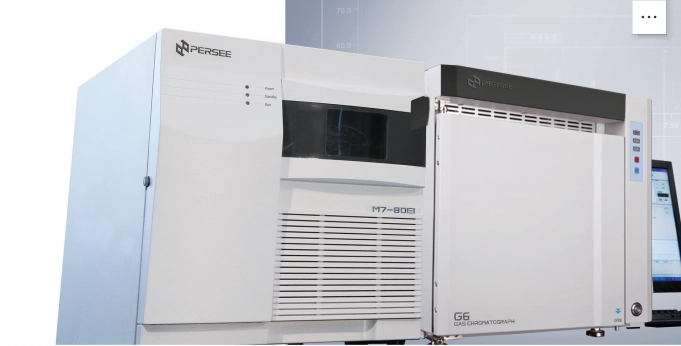
When you’re setting up a laboratory for THC assessment, reliable equipment is essential. Persee, a trusted leader in analytical technology, provides top-tier HPLC systems to fulfill your needs. According to their official website, PERSEE has been a dedicated producer of analytical tools since 1991. They maintain a worldwide reach across more than 80 nations. Their HPLC systems are designed for accuracy and performance. These systems are supported by a commitment to advancement and client assistance. Whether you’re examining cannabis oils or other intricate samples, PERSEE offers dependable solutions to guarantee consistent outcomes.
FAQs
What is the primary difference between HPLC and SEC for THC testing?
HPLC isolates compounds based on chemical interactions. This offers high precision for THC quantification. SEC, however, separates based on molecular size. It is less effective for small molecules like THC but useful for larger compounds.
Can SEC be used for routine THC analysis in oils?
SEC is not typically employed for routine THC analysis. Its focus on size-based separation lacks the resolution needed for precise cannabinoid quantification. HPLC is generally favored for this purpose.
Why is sample preparation important for HPLC in THC testing?
Sample preparation for HPLC ensures oils and extracts are free of particulates. It also ensures compatibility with the system. This prevents column clogging and supports accurate detection of THC and other cannabinoids.

